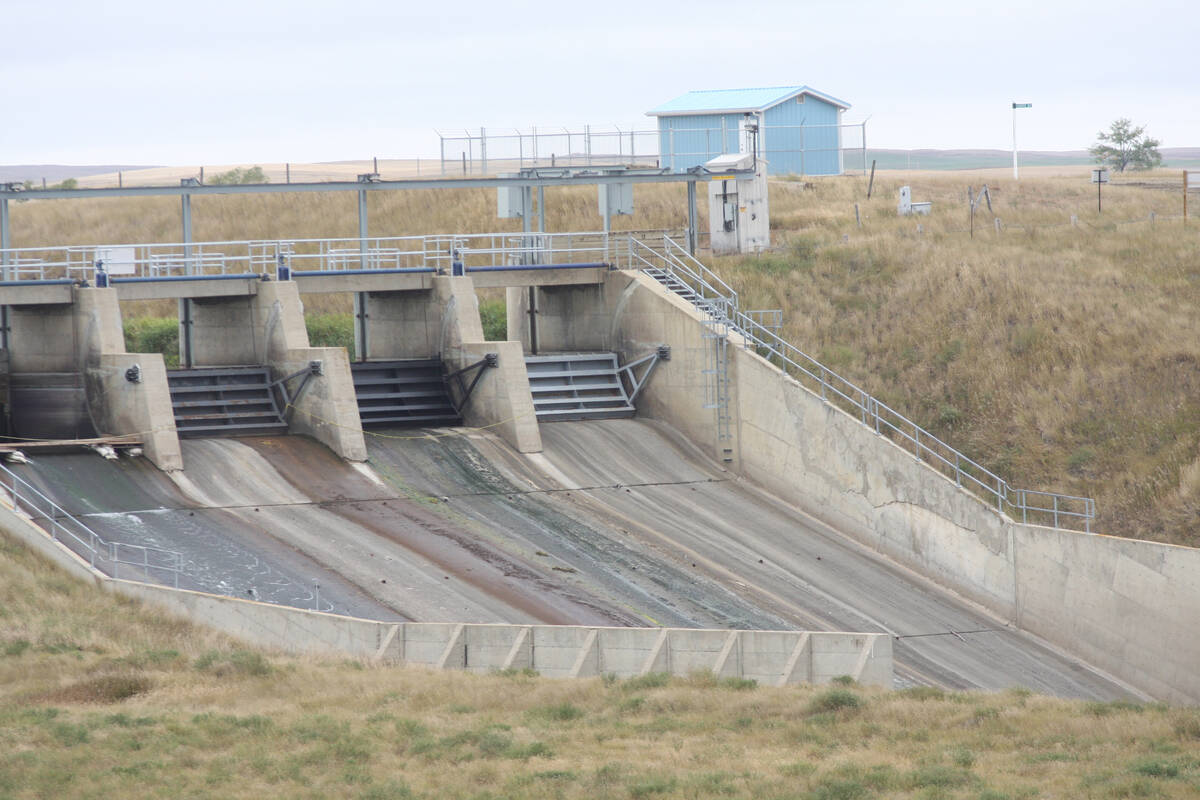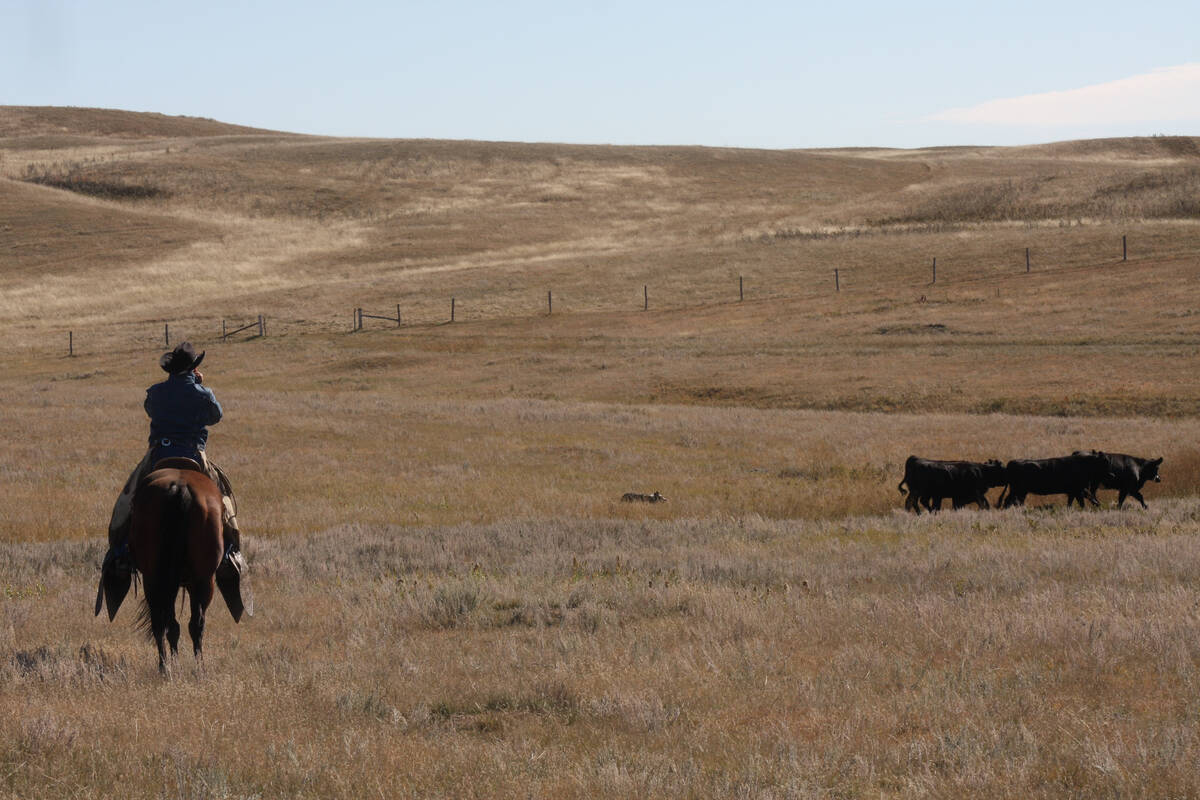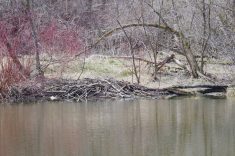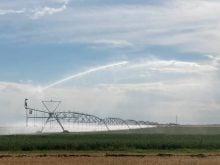REGINA — The Prairie Farm Rehabilitation Administration has been gone for more than a decade, but a new designation ensures its legacy will live on.
The federal agency that helped Prairie farmers through drought, established soil conservation methods and conserved species at risk from 1935 until former prime minister Stephen Harper’s Conservative government started to dismantle it in 2009 is now an event of national historic significance.
The Historic Sites and Monuments Board of Canada announced that decision earlier this month.
Read Also

Alberta researcher helps unlock the economics of farming
Lethbridge Polytechnic researcher helping agriculture producers with decision-making tools in economic feasibility
Nominator Merle Massie, a farmer and historian from Biggar, Sask., said she was thrilled the nomination was accepted. Although PFRA was not an event, it didn’t fit into the other two possible categories either — people or place.
“It is an event in terms of the creation of the PFRA,” she said.
Massie said the organization, headquartered in Regina, deserved recognition for the way it touched virtually every farm in the West by finding scientific ways to engage with farmers and address issues.
“Some of the biggest things that you would see across almost every farm in Western Canada are of course dugouts and shelterbelts,” Massie said.
Strip seeding, irrigation projects, numerous dams and reservoirs and community pastures were all under PFRA purview.
It was initially developed as a temporary program during the Great Depression and by 1945 had eliminated many of the effects of soil erosion from the Dirty Thirties.

The PFRA was “paramount to an effective response to a rural exodus that had, by 1936, resulted in approximately 13,900 farms, or three million acres of farmland, being abandoned,” says the page dedicated to it on Parks Canada’s website.
After the 1940s, it was involved in large water projects, such as creating irrigation systems connected to the St. Mary, Bow and South Saskatchewan rivers.
The PFRA continued to run community pastures in all three Prairie provinces, although mainly in Saskatchewan, along with the Prairie Shelterbelt Centre at Indian Head, Sask., renowned for the millions of trees it provided to homesteaders and rural dwellers to protect farms and farmland.
By 2009, the federal government decided those functions were no longer necessary, and it turned dams and pastures over to the provinces and closed the shelterbelt operation. It officially stopped operating in 2013.

Massie said it took years for the board to consider her nomination and work through the designation process. However, she encouraged more people to take on those kinds of initiatives.
“Overall, Saskatchewan could use a lot more heft in terms of what gets recognized by the historic sites and monuments board of Canada,” she said.
“It’s very easy for things that happen in Ontario and Quebec to be considered of national importance.”
She has more nominations in the works as she pushes for more western recognition.
“It’s a really cool thing for people to do. It’s a great exercise and open to anyone.”
Massie said it would be especially interesting for an application to be part of a high school class.
Although most designations are commemorated with plaques, it isn’t yet known if one will be installed for PFRA. It is possible that one could be placed somewhere in or near Indian Head, Massie said.
Contact karen.briere@producer.com
















